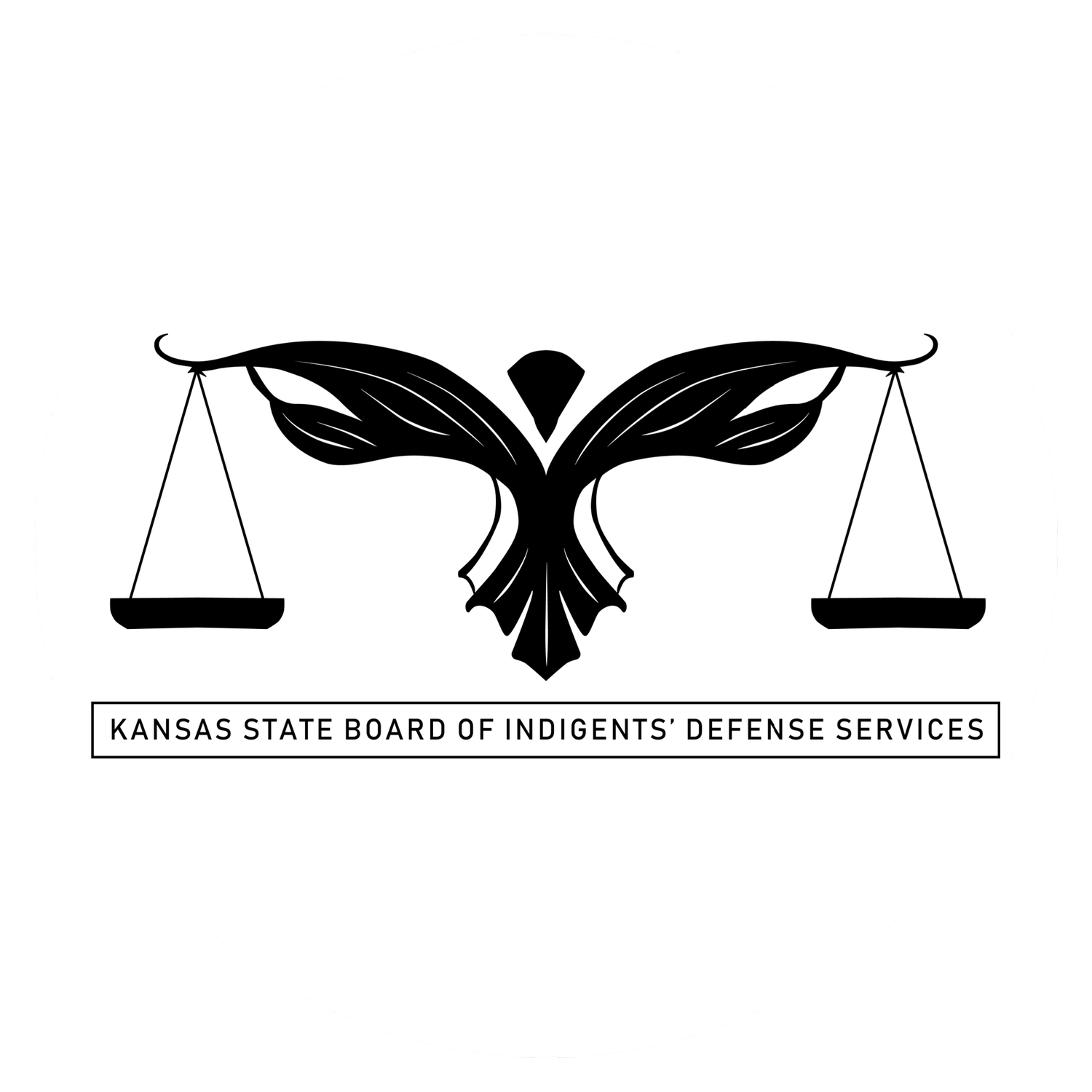Winning a Batson Challenge
by Christina Kerls, Topeka Conflicts Public Defender
We walked into the courtroom, prepared to defend our client, a young, black male, against attempted first-degree murder charges. We saw our almost entirely white jury panel. There were only three people of color – two African American women, and one Hispanic man.
The reporting party in the case had identified a black man with big hair and a black man with dreadlocks as the people in the car from which the shots were fired. The police had shown a known photo of our client (not a photo array) to the reporting party to confirm his identification, and the information we had indicated that the reporting party had never even seen our client in person before, only on Facebook. The description given by the reporting party could have fit any number of black men.
Our defense was erroneous identification. We knew race would play into that theory, and we knew we had to see how the members of jury panel felt about the issue. The question was how do we, a middle-aged white woman and white man, do that?
This is not, in any way, a guidebook on how to deal with race in voir dire. It is simply what we did in that trial, in that moment, that happened to work for us. But by preparing our defense with the knowledge of the role race would play, we were prepared to confront the issue of racism and respond to the State’s challenges on the basis of race.
My co-counsel, Jonathon Noble, conducted voir dire. We knew we needed to address race. So we chose to do so head on, and in a way that if the State did not like the answers given by the people of color, it would be very difficult for them to strike them based upon their answers. Mr. Noble quite simply asked about racism in the justice system.
It definitely got the panel talking. There were, of course, members of the panel who resented the question. There were members who believed it was something created by the media. There were white male members of the jury panel who had previously lived and worked in mostly black spaces and felt that since they never witnessed racism there, or experienced it, it must not exist. But through that questioning, we discovered who we didn’t want on our jury.
We also specifically asked the members of color on our panel what their thoughts were. I’m sure it will com as no surprise that they had each personally experienced racism when dealing with the justice system or police.
Mr. Noble beautifully explored the topic with the jury panel, letting whoever wanted to share their thoughts, speak, and then thanking them for their honesty and candor – regardless of the answer.
Then came the time for the peremptory challenges. The State used two of its peremptory strikes to strike both of the black women on the panel, and used a third to strike the only other person of color. We raised a Batson Challenge regarding the two women.
The State’s “race neutral” reason for the strikes? The women acknowledged that there was racism in the justice system so they must be prejudiced against police and the State and biased in favor of the defense. You read that right – the State’s race neutral reason was that because black women acknowledged the existence of racism, they were biased against the State.
As The State provided no other reason for the strikes. We argued that acknowledgement of racism is not a race neutral reason. The judge agreed, finding that there was nothing in the acknowledgement itself that showed any bias, and the women’s answers to other questions did not show any bias.
Mr. Noble and I were both surprised that the State struck both black women. But when it did, we both knew we had set up our Batson challenge well – that it would be hard for the State to argue that the women were being struck for anything other than race. And to our surprise, in that moment, with that judge, and in that trial, it worked.
If there is anything to take from our experience, it is: don’t be afraid to talk about race and racism if it is important to your case. Acknowledge the awkwardness you feel in talking about it, but don’t let that awkwardness stop you from acknowledging and confronting racial bias in a jury trial.

